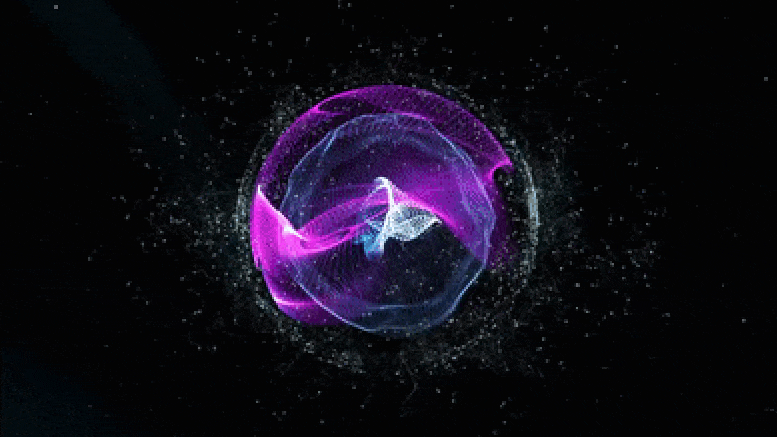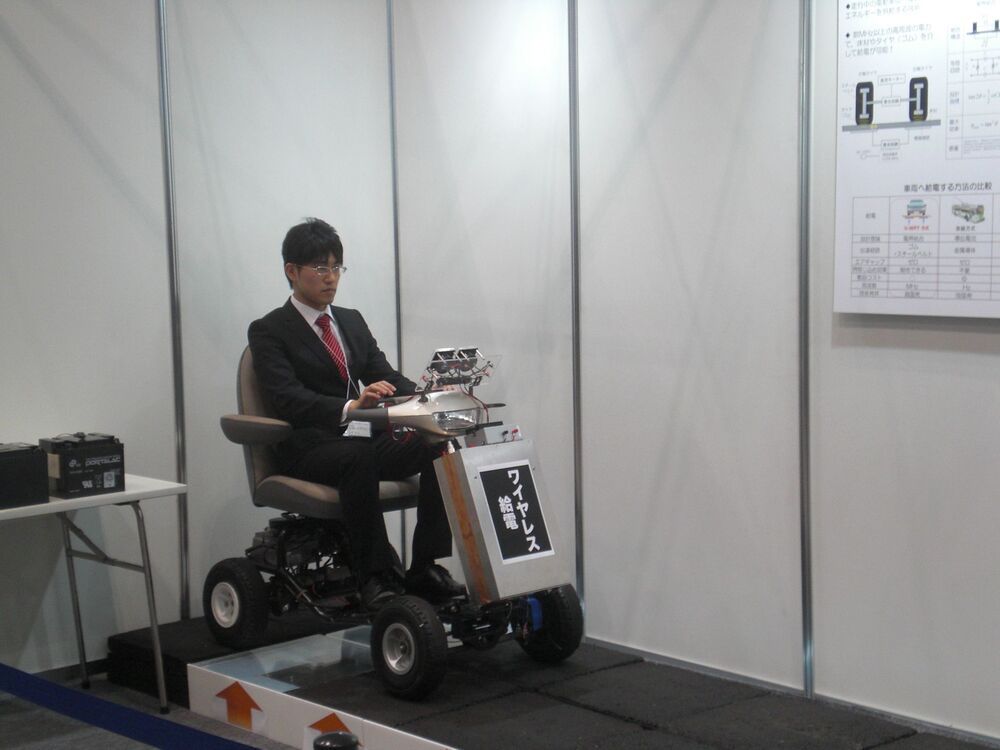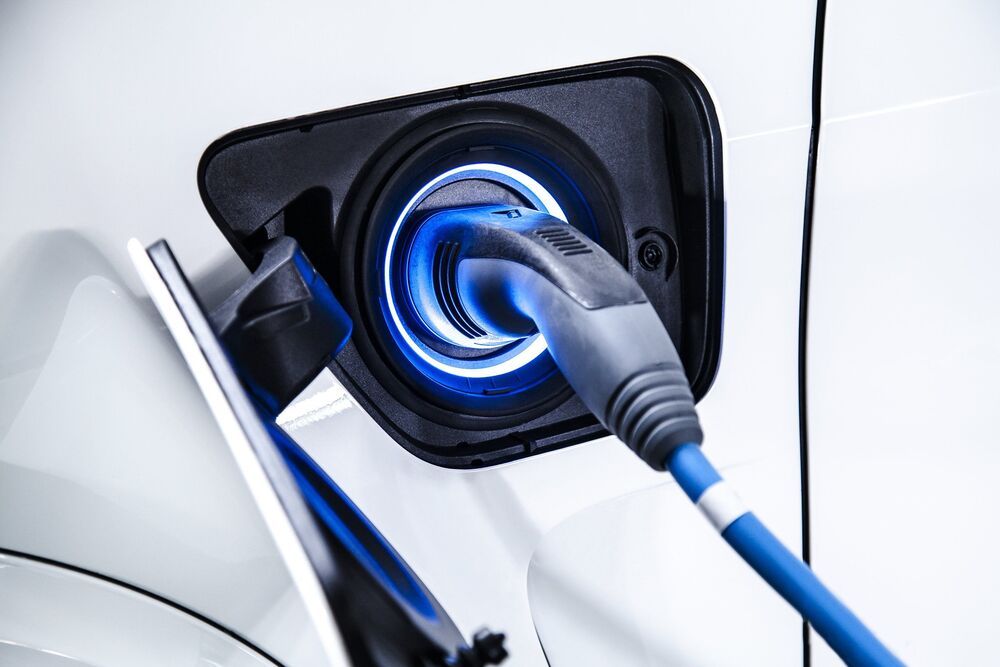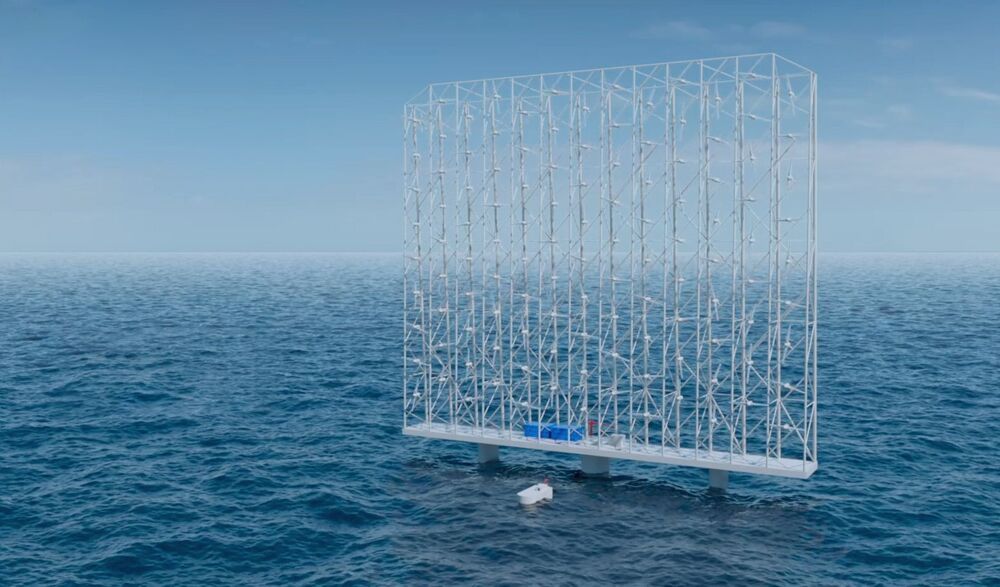Researchers from University of Copenhagen have developed a new technique that keeps quantum bits of light stable at room temperature instead of only working at-270 degrees. Their discovery saves power and money and is a breakthrough in quantum research.
As almost all our private information is digitalized, it is increasingly important that we find ways to protect our data and ourselves from being hacked.
Quantum Cryptography is the researchers’ answer to this problem, and more specifically a certain kind of qubit — consisting of single photons: particles of light.








